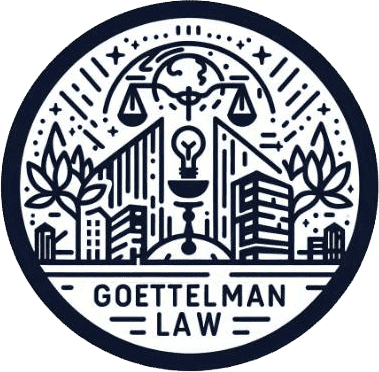Asset tokenization is a revolutionary concept that is transforming the way we think about ownership and investment. It’s a process that bridges the physical and digital worlds, allowing for the creation of digital tokens that represent ownership of real-world assets on a blockchain. This innovative approach to asset management has the potential to democratize investments, enhance liquidity, and streamline transactions.
What is Asset Tokenization?
At its core, asset tokenization involves converting the rights to an asset into a digital token on a blockchain. These tokens can represent a wide range of assets, from real estate and art to commodities and intellectual property. The process begins with identifying an asset for tokenization and then issuing digital tokens that correspond to a defined portion of the asset’s value.
The Role of Blockchain in Tokenization
Blockchain technology is the backbone of asset tokenization. It provides a secure and transparent ledger that records the ownership and transactions of tokens. Smart contracts, which are self-executing contracts with the terms of the agreement directly written into code, automate the process, ensuring efficiency and trust in the system.
Benefits of Tokenizing Assets
Tokenization offers several advantages over traditional methods of asset management:
Increased Liquidity: By breaking down assets into smaller, more affordable token units, tokenization can increase the liquidity of traditionally illiquid assets like real estate or fine art.
Fractional Ownership: Investors can purchase fractions of an asset, making it easier to diversify portfolios and access investment opportunities that were previously out of reach due to high entry barriers.
Global Access: Tokenization can open up markets to a global pool of investors, as tokens can be bought and sold worldwide without the need for intermediaries.
Transparency and Security: Blockchain’s immutable ledger ensures that the ownership and transaction history of tokens are transparent and secure, reducing the risk of fraud and errors.
Challenges and Considerations
Despite its potential, asset tokenization faces several challenges that need to be addressed:
Regulatory Compliance: Tokenized assets must navigate complex regulatory environments, which can vary significantly across jurisdictions.
Market Adoption: Widespread adoption of tokenized assets requires education and trust in the technology from both issuers and investors.
Technical Infrastructure: Developing the necessary infrastructure to support the tokenization of assets is an ongoing process, with considerations for scalability, interoperability, and security.
The Future of Asset Tokenization
As the technology matures and regulatory frameworks evolve, asset tokenization is poised to become a significant force in the financial sector. It has the potential to make investing more inclusive, efficient, and transparent, reshaping the landscape of asset ownership and investment.
Asset tokenization represents a step towards a more open and accessible financial world, where the benefits of investment can be shared more broadly across society. As we continue to witness the growth of blockchain technology, the tokenization of assets stands
as a testament to the innovative spirit driving the evolution of investment strategies for the digital age.
